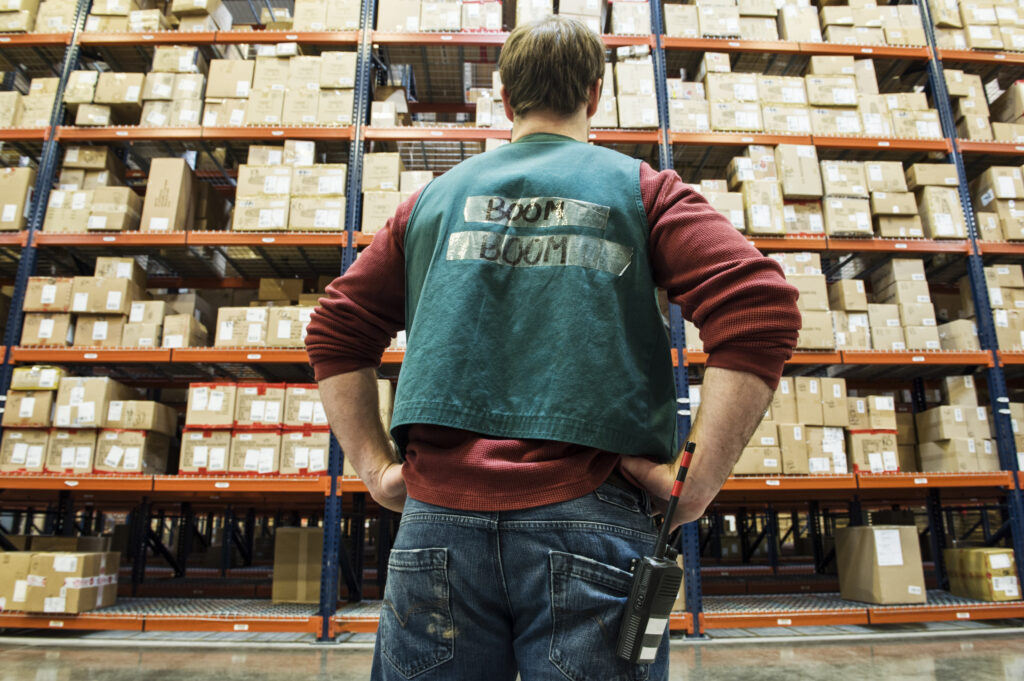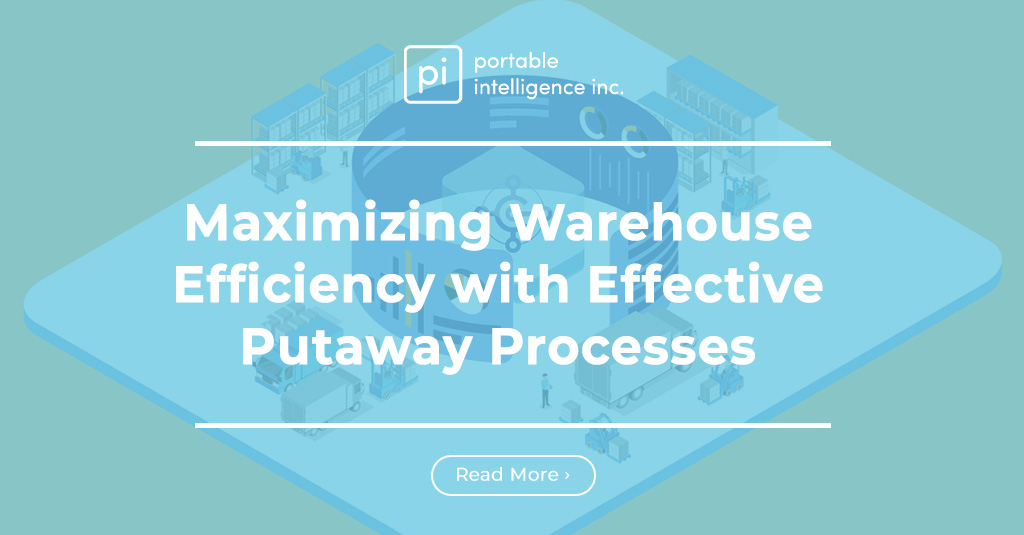A smart warehouse is an automated warehouse system that uses advanced technologies to streamline operations, improve efficiency and enhance the overall customer experience. In today’s rapidly changing and increasingly competitive business environment, smart warehouses have become an essential aspect of the supply chain.
The purpose of this blog is to analyze the cost of making a warehouse smart and whether the investment is worth it.
In recent years, the trend towards automation has taken hold in the warehousing industry. Automated warehouses are designed to make the supply chain more efficient and less prone to human error. They are equipped with cutting-edge technologies like RFID (Radio-Frequency Identification), WMS (Warehouse Management Systems), and AGV (Automated Guided Vehicles), among others. These technologies help to increase accuracy, speed up processes, reduce labor costs, and provide real-time data that can be used to make informed decisions.
The cost of implementing a smart warehouse can vary greatly depending on the size and complexity of the operation, as well as the specific technologies being used. Some of the costs associated with a smart warehouse include the upfront costs of purchasing the necessary equipment and software, as well as the ongoing costs of maintenance and support. In addition, there may also be costs associated with training employees on how to use the new systems and processes.
Despite the costs involved, many businesses see the investment in a smart warehouse as a necessary step in keeping pace with the rapidly changing business landscape. With the benefits of increased productivity and efficiency, real-time data and analytics, and a better customer experience, the ROI from a smart warehouse can be significant. This blog will provide a comprehensive analysis of the cost of making a warehouse smart, as well as the benefits, challenges, and potential return on investment that come with this investment.
Components of a Smart Warehouse:
A smart warehouse is comprised of several key components, each of which plays an important role in making the warehouse more efficient and effective. Some of the key technologies used in a smart warehouse include RFID (Radio-Frequency Identification), WMS (Warehouse Management Systems), and AGV (Automated Guided Vehicles).
RFID technology is used to track inventory and automate the process of receiving, storing, and shipping goods. It is a cost-effective way to keep track of goods and ensure that inventory levels are always accurate. WMS, on the other hand, is a software solution that helps to manage and optimize warehouse operations. It enables businesses to track inventory levels, manage order fulfillment, and monitor the performance of the warehouse in real-time.
AGVs are automated vehicles that are used to move goods around the warehouse. They are programmed to follow specific routes and can be used to transport goods from one location to another, freeing up employees to focus on other tasks. AGVs can greatly increase the speed and accuracy of the warehouse operations, helping to reduce lead times and minimize the risk of errors.
In addition to these core technologies, there are also other technologies that may be used in a smart warehouse, such as automated storage and retrieval systems (AS/RS) and conveyor systems. These systems help to further streamline operations and increase efficiency, making the warehouse even more effective.
It is important to note that the cost of these technologies can vary greatly, depending on the specific solutions being used. For example, RFID systems can range from a few thousand dollars for basic systems to tens of thousands of dollars for more complex systems. WMS and AGV solutions can also be quite expensive, with costs ranging from a few thousand dollars to hundreds of thousands of dollars, depending on the size and complexity of the warehouse.
Benefits of a Smart Warehouse:
The implementation of a smart warehouse brings a multitude of benefits to businesses. Some of the key benefits of a smart warehouse include increased efficiency and productivity, better accuracy and reduced errors, real-time data and analytics, and a better customer experience.
- Increased efficiency and productivity: By automating many of the manual processes that are typically performed in a warehouse, smart warehouses can help to increase the speed and accuracy of operations. This can result in a significant improvement in overall productivity and efficiency, helping to reduce lead times and improve customer satisfaction.
- Better accuracy and reduced errors: The use of RFID and WMS technologies helps to eliminate many of the manual processes that are prone to human error. With real-time tracking and inventory management, businesses can be confident that inventory levels are always accurate and up-to-date. This can greatly reduce the risk of stockouts and overstocking, helping to minimize costs and improve customer satisfaction. Real-time data and analytics: The use of WMS and other data-driven technologies in a smart warehouse provides businesses with real-time data and analytics that can be used to make informed decisions. This information can be used to optimize warehouse operations, identify areas for improvement, and make strategic changes that can help to drive long-term growth and success.
- Better customer experience: With improved efficiency and accuracy, businesses can provide a better customer experience. This can help to increase customer satisfaction and loyalty, and can lead to increased sales and long-term business success.
Costs of Implementing a Smart Warehouse:
The cost of implementing a smart warehouse can vary greatly, depending on the size and complexity of the warehouse, as well as the specific technologies being used. However, it is generally a significant investment that requires careful consideration and analysis to determine whether or not it is worth the investment.
- Upfront costs: The upfront costs associated with implementing a smart warehouse can be substantial. This may include the cost of purchasing equipment and software, as well as the cost of installation and integration into the existing warehouse operations. For example, RFID systems can range from a few thousand dollars for basic systems to tens of thousands of dollars for more complex systems. WMS and AGV solutions can also be quite expensive, with costs ranging from a few thousand dollars to hundreds of thousands of dollars, depending on the size and complexity of the warehouse.
- Ongoing costs: In addition to the upfront costs, there are also ongoing costs associated with maintaining and supporting a smart warehouse. This may include the cost of software upgrades and maintenance, as well as the cost of repairing or replacing equipment as needed.
- Employee training: The implementation of a smart warehouse may also require significant employee training to ensure that employees are able to effectively use the new technologies and processes. This can result in additional costs for training, as well as lost productivity as employees adjust to the new systems.
Despite the costs, many businesses find that the benefits of a smart warehouse are well worth the investment. By improving efficiency and accuracy, reducing errors, and providing real-time data and analytics, smart warehouses can help businesses to drive long-term success and growth. It is important to carefully consider the costs and benefits of a smart warehouse to determine whether or not it is the right investment for your business.
Calculating the Return on Investment (ROI) of a Smart Warehouse:
The return on investment (ROI) of a smart warehouse can be a complex calculation, as it depends on a variety of factors, including the size and complexity of the warehouse, the specific technologies used, and the efficiency gains achieved. However, by carefully considering these factors, it is possible to determine the potential ROI of a smart warehouse investment.
- Efficiency gains: One of the primary benefits of a smart warehouse is increased efficiency, which can result in significant cost savings. For example, a smart warehouse that utilizes automated storage and retrieval systems (ASRS) may be able to reduce the amount of time required for picking and packing operations, leading to increased productivity and cost savings. Similarly, the use of automated guided vehicles (AGVs) can help to reduce the time and labor required to move goods within the warehouse, again resulting in cost savings.
- Reduced errors: Another key benefit of a smart warehouse is improved accuracy, which can result in reduced errors and increased customer satisfaction. For example, the use of RFID technology can help to ensure that inventory is accurate and up-to-date, reducing the risk of stockouts and overstocking. Additionally, the use of WMS and other technologies can help to eliminate manual errors, leading to improved accuracy and reduced costs.
- Improved customer experience: By providing real-time data and analytics, a smart warehouse can help to improve the customer experience by enabling faster and more accurate order fulfillment. This can result in increased customer satisfaction and loyalty, which can in turn lead to increased sales and revenue.
In conclusion, the implementation of a smart warehouse can be a significant investment for a business, but it can also offer a range of benefits, including increased efficiency, improved accuracy, real-time data and analytics, and a better customer experience. When considering the investment, it is important to carefully evaluate the specific needs and goals of the business, as well as the costs and benefits of the investment.
By taking these factors into account, it is possible to make an informed decision about whether or not a smart warehouse is the right investment for your business. The ROI of a smart warehouse can be complex, but by carefully considering the efficiency gains, reduced errors, and improved customer experience, it is possible to determine the potential benefits and make an informed investment decision. Ultimately, a smart warehouse investment can help to drive long-term success and growth for your business.





